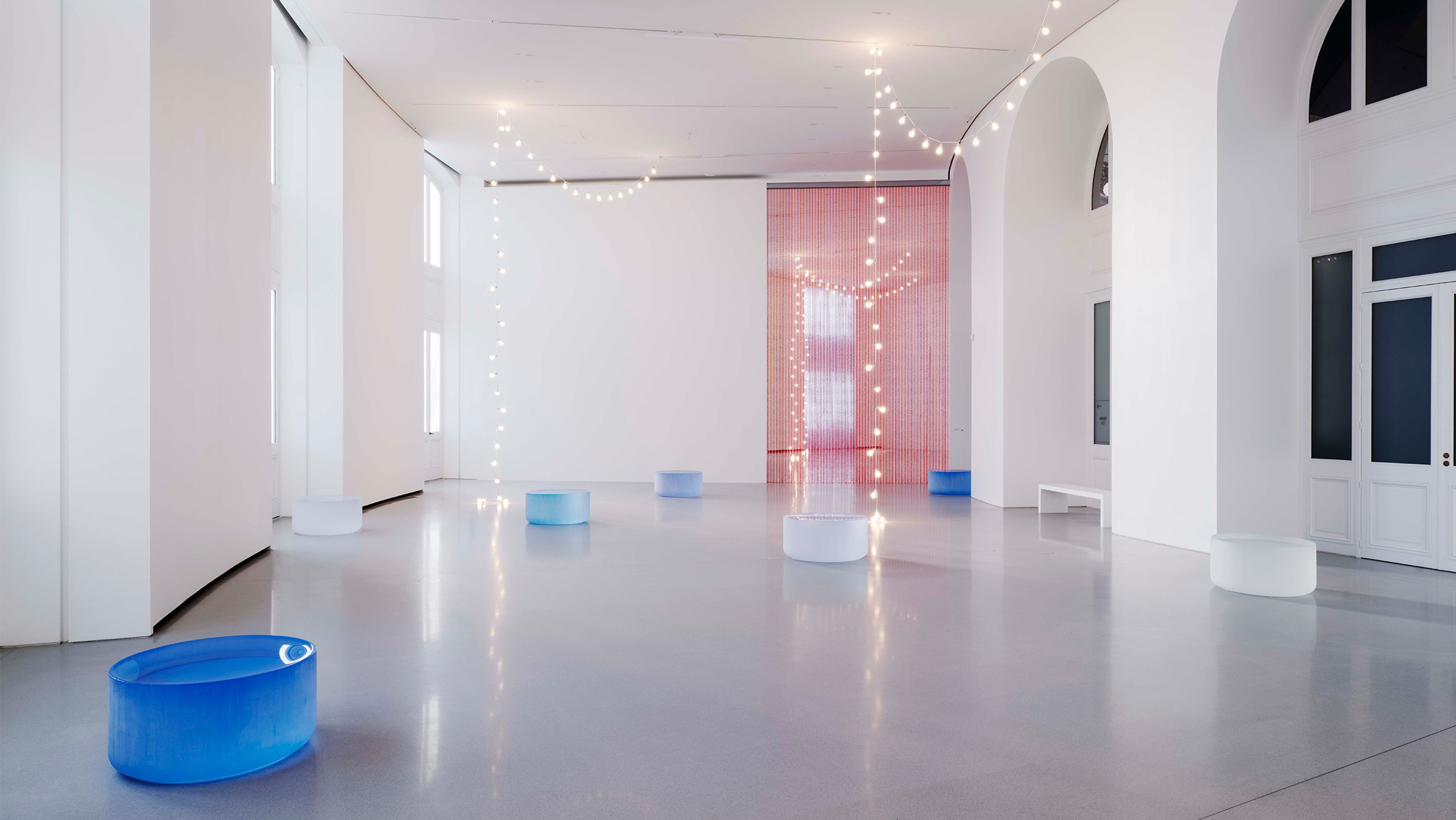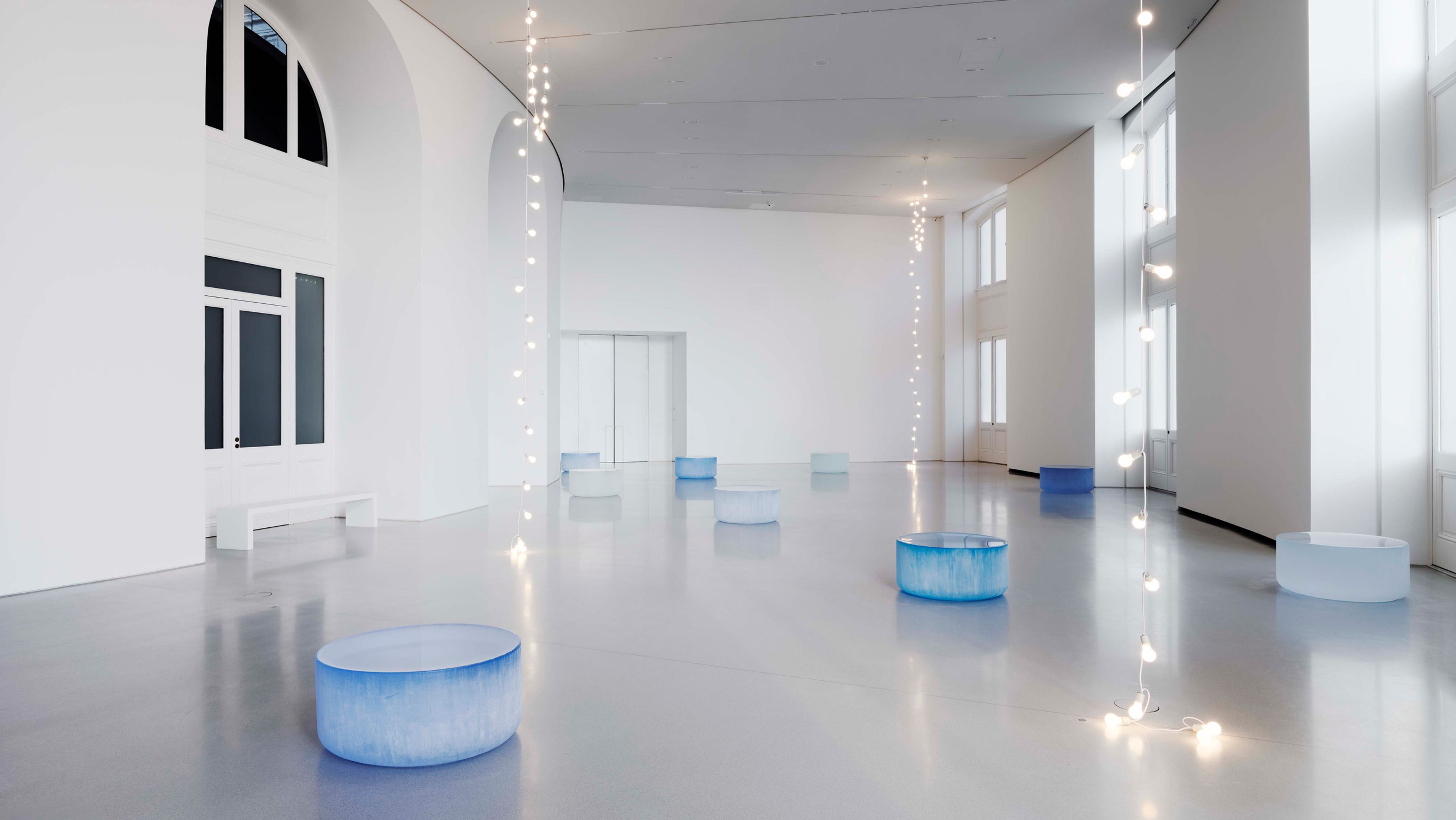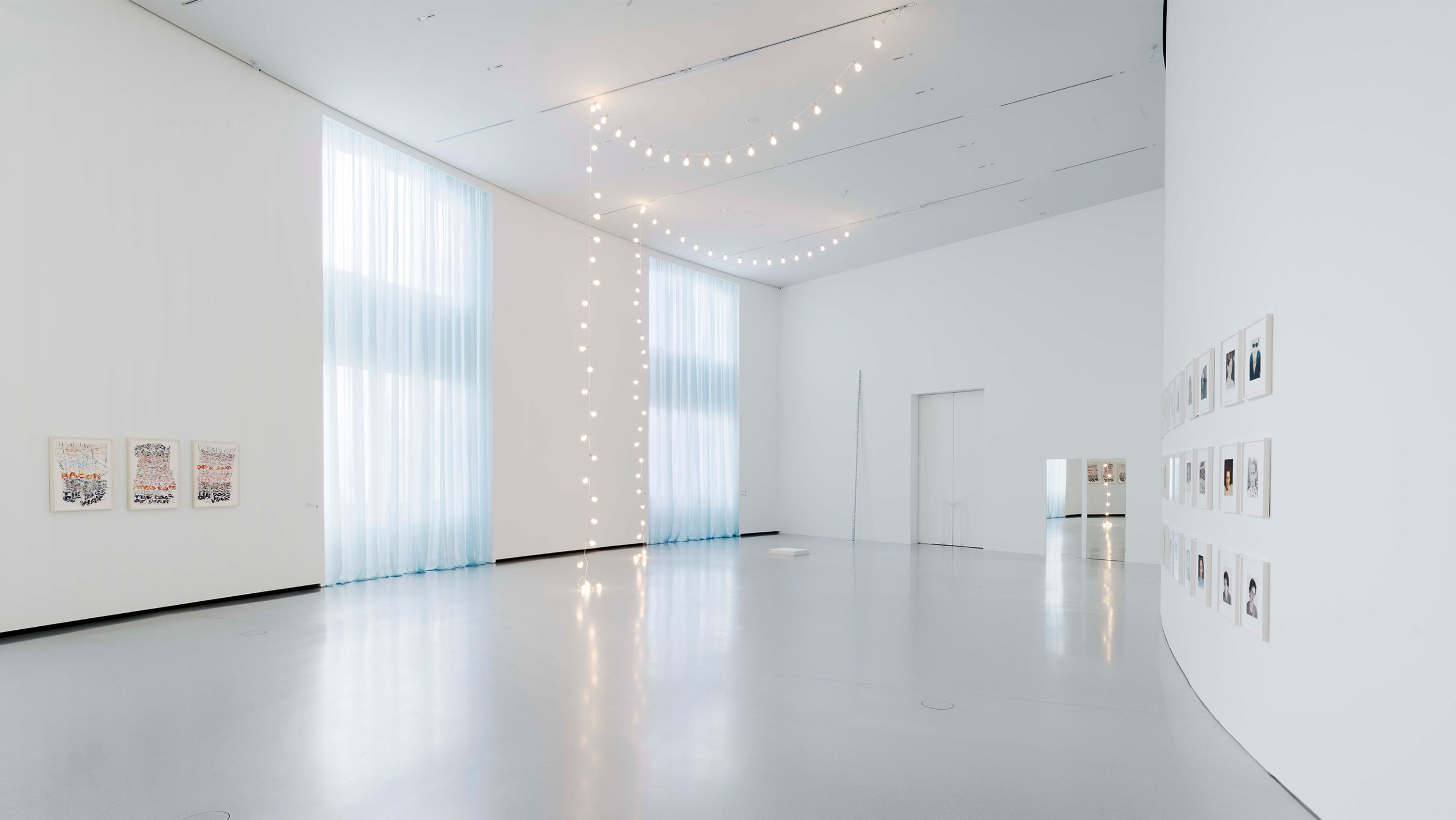Bourse de Commerce, Pinault Collection, Paris
April 2022
April 6–September 26, 2022 This unprecedented exhibition stems from the power, radicalness and the artistic affinities of two major figures of our contemporary age, Roni Horn and Felix Gonzalez-Torres. Developed around four iconic artworks from the Pinault Collection, exhibited for the first time to a French audience –Untitled (For Stockholm) (1992) and Untitled (Blood) (1992) by Felix Gonzalez-Torres and Well and Truly (2009–2010) and a.k.a. (2008–2009) by Roni Horn—this exhibition emphasizes notions of doubling up, duality, complexities within repetition, and identity at work in the artists’ respective artistic practices. The exhibition is the latest iteration of the artistic conversation begun in 1991 between Roni Horn and Felix Gonzalez-Torres, which continued until the latter’s passing in 1996. For Gonzalez-Torres, the encounter with Horn’s was a deeply moving experience, and motivated him to write directly to Horn. A fertile creative dialogue thus began between them, with one artwork responding to the other. Striving to grasp the inexpressible and immeasurable, the two conceptual artists established radical practices with often minimalistic means that contributed to a redefinition of the exhibition as a medium that included the viewer and had a major influence on an entire generation of younger artists. Their artworks express a common, uncompromising approach with the same economy of means. Their similarities also lie in their shared political or activist themes: issues of identity, the place of minorities, or the tragedy that is AIDS, a way of resisting the violence of our society and its desire to assign established roles. This exhibition also bears witness to their common passion for language, writing, and poetry.



